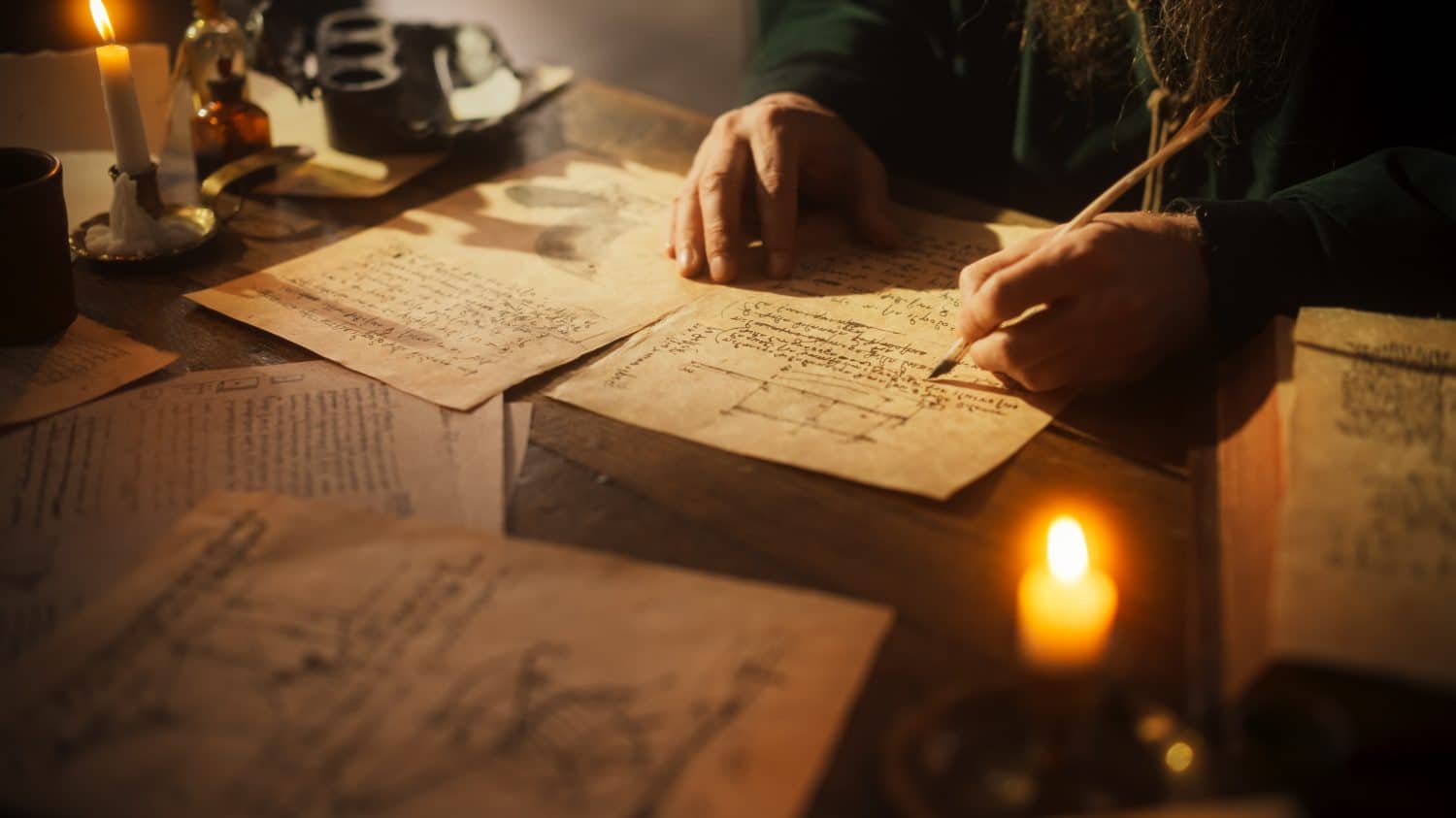
24/7 Insights
- Some of the most important inventions ever were created by accident.
- Viagra is a surprising addition to this list as an accidental invention.
- Even the first known antibiotic was a happy accident.
- Also: 2 Dividend Legends to Hold Forever
Throughout history, inventions and humanity’s ingenuity have helped us emerge from the caves and create a society that can fly. From the wheel to antibiotics to the airplane, thousands of years of inventions have helped improve the world many times over. Perhaps the most shocking part about some of the biggest life-changing inventions is that they were accidental. In many cases, doctors, scientists, researchers, and workers were trying to discover or fix something else but stumbled across new opportunities, like insulin and X-rays.
16. Chocolate Chip Cookie
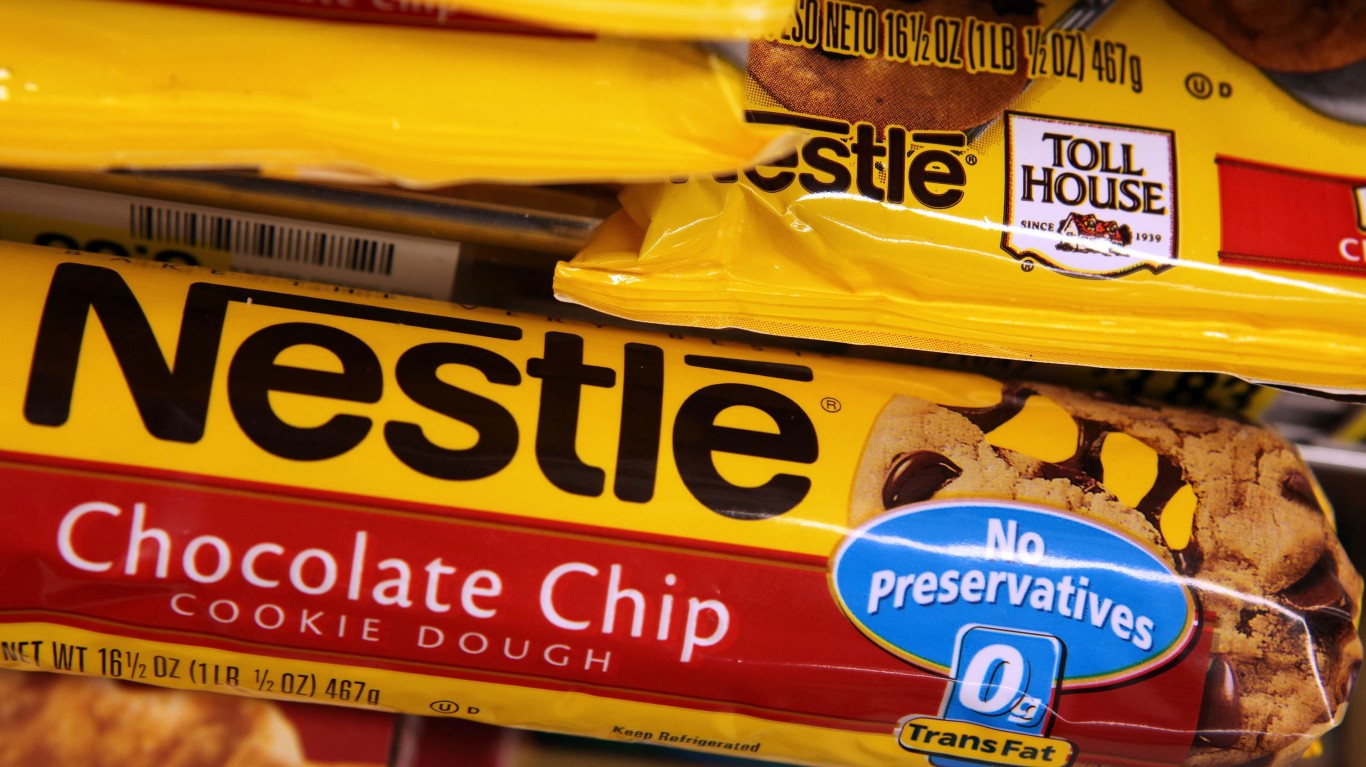
Is there a more impactful life-changing invention than the chocolate chip cookie? Kenneth and Ruth Graves Wakefield operated the Toll House Inn and served guests daily. While baking chocolate cookies one day, Ruth ran out of chocolate, substituting Nestle’s semi-sweet baking chocolate bar instead. As it turns out, Ruth created chocolate chips, and the world has been better ever since.
15. Blood Thinner
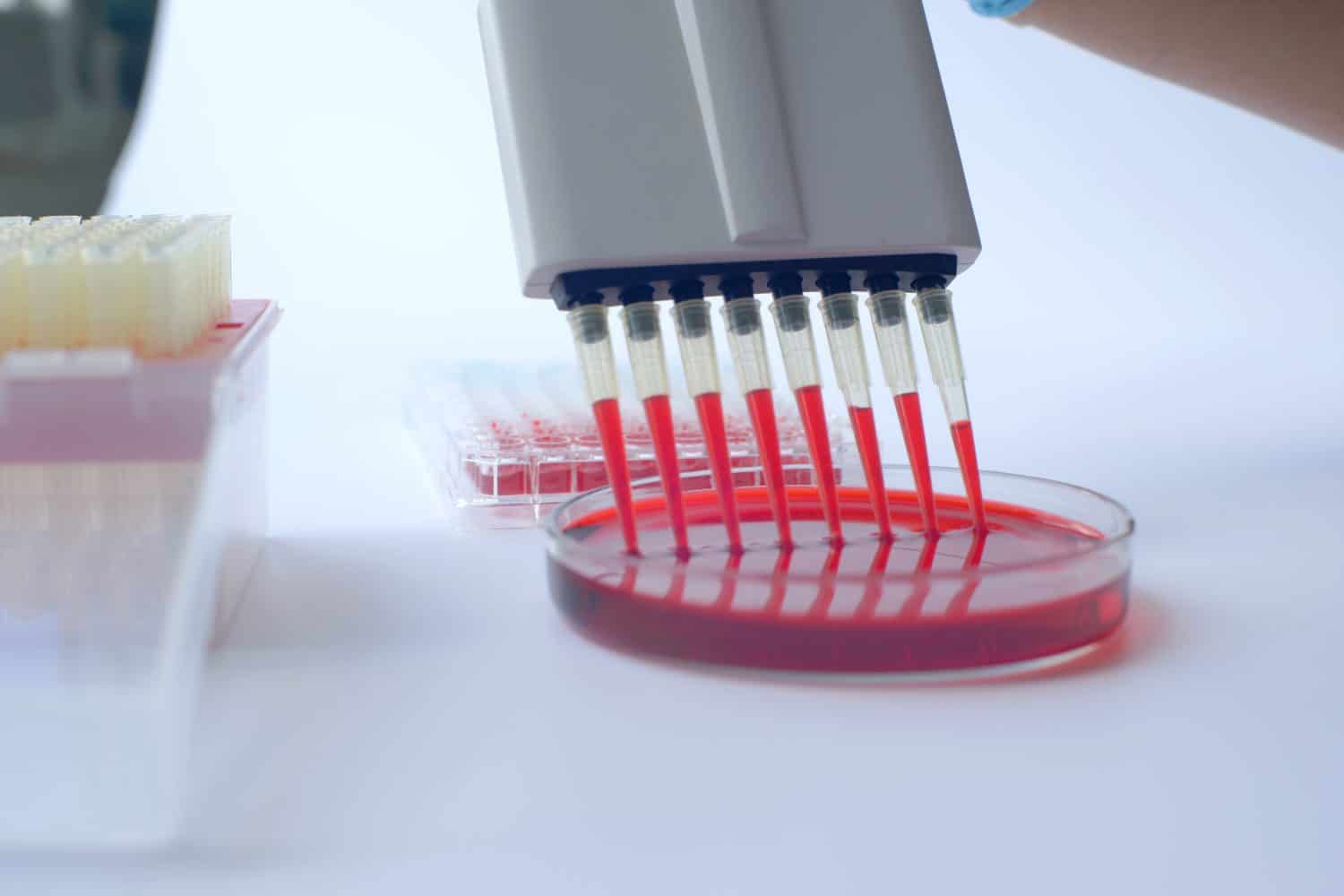
Today, blood thinners help treat heart attacks and blood clots, but before they saved lives, it killed rats. Better known as warfarin, this innovation was used to help eliminate a rat population attacking livestock where a Canadian veterinarian, Frank Schofield, worked in the 1920s. By 1940, biochemist Karl Link took Schofield’s work and repurposed it as a blood thinner.
14. Smoke Detectors

Ironically, Swiss physicist Walter Jaeger developed the smoke detector while trying to detect poison gas. Instead of his work actually detecting poison gas, he detected the smoke from his cigarette, leading to the development of the modern-day smoke detector.
13. Saccharin
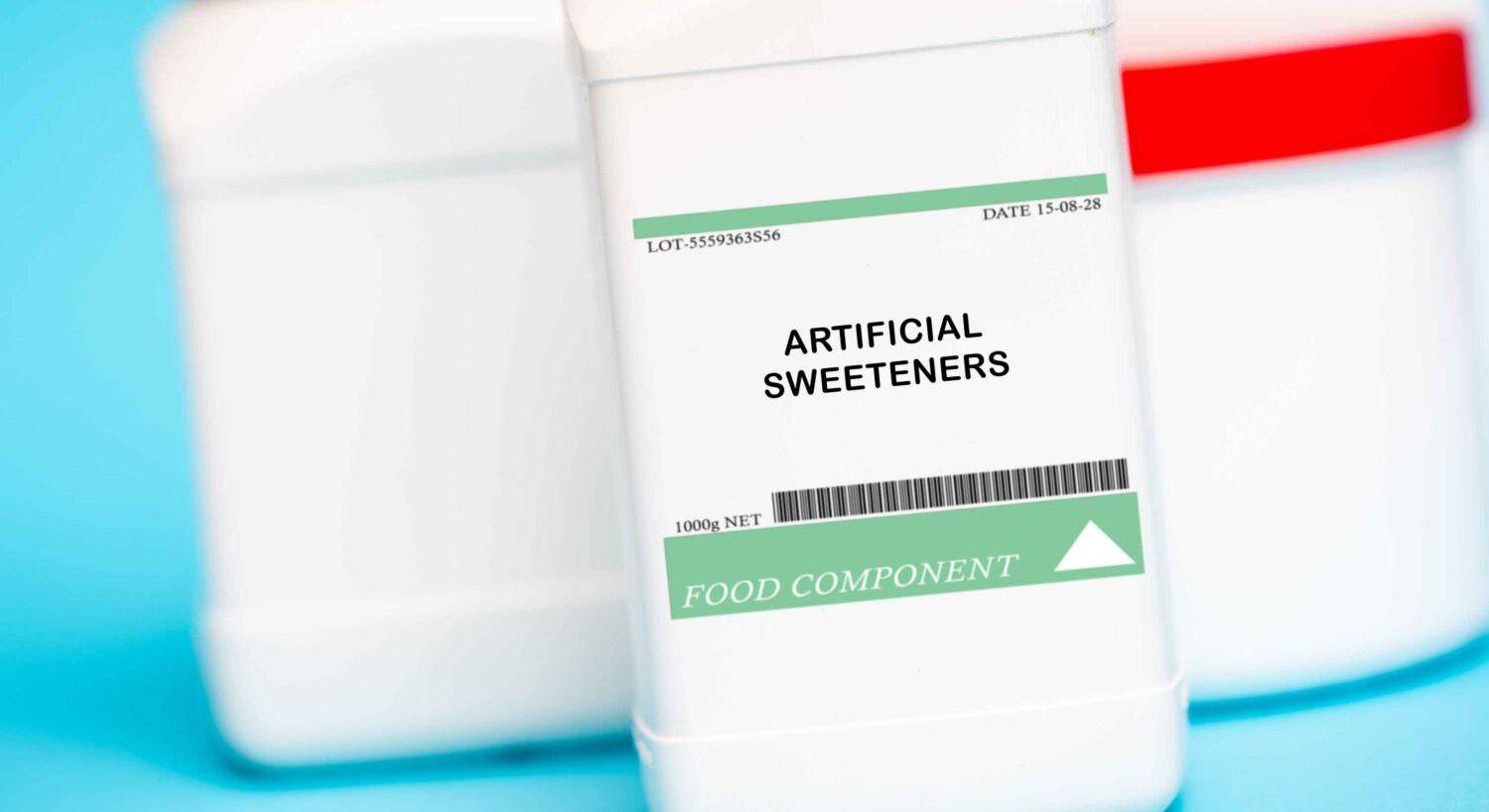
Better known as a sweetener, saccharin was a rare, life-changing invention nobody realized until much later. This artificial sugar was accidentally created in 1878 when Russian chemist Constantin Fahlberg was eating with his hands and discovered that he had unexpectedly left a sugar cane test on his hands from an experiment he had been performing earlier in the day.
12. Teflon
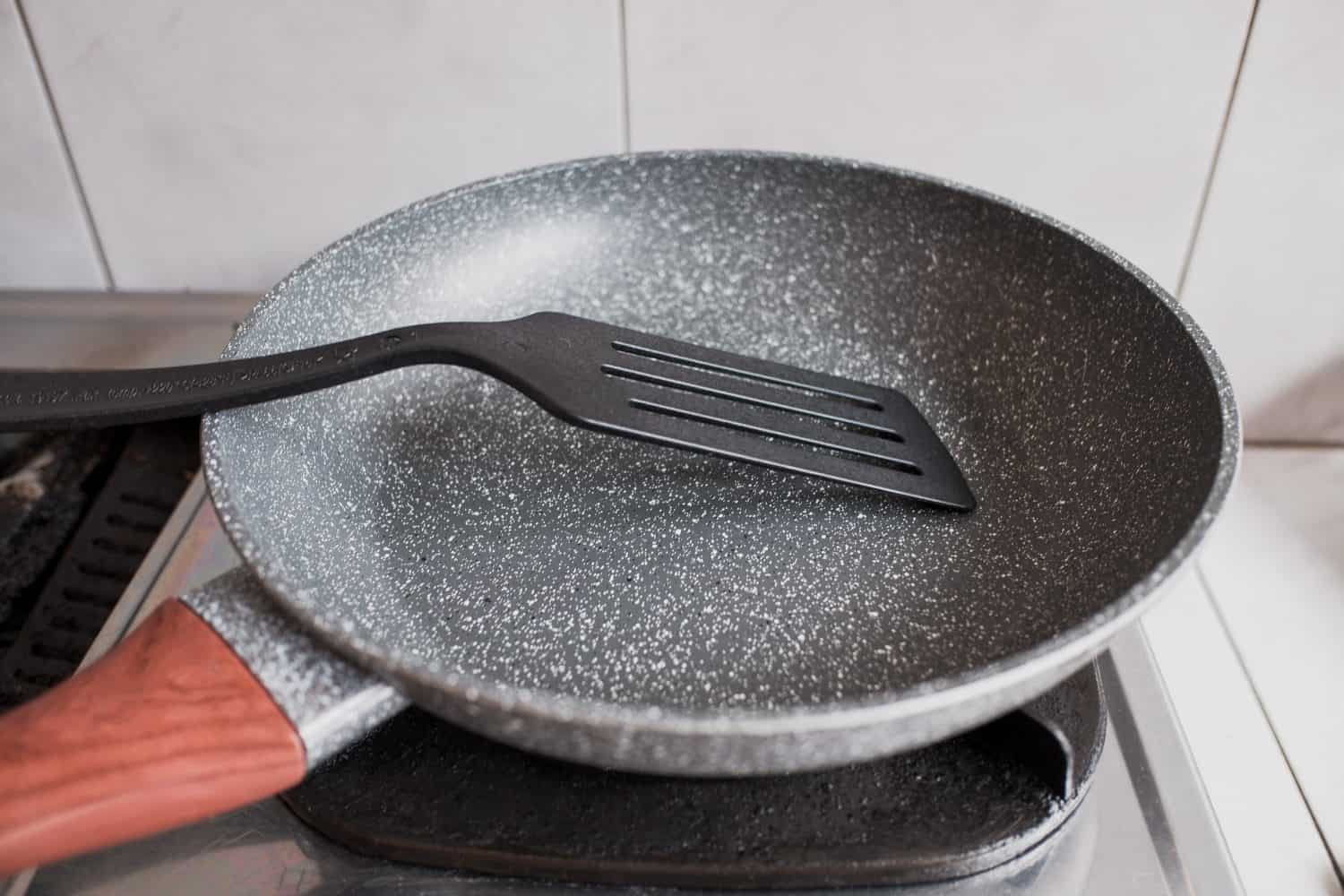
While not life-changing per se for individuals, the surprising discovery of Teflon would change the course of the world. Roy J. Plunkett created the first Teflon molecules while experimenting with coolant gas while working with DuPont. While his gas experiment was unsuccessful, he developed a heat-resistant and non-stick substance. Teflon would later be used in the atomic bomb.
11. Dynamite

Dynamite was a life-changing invention that helped create railroads throughout the United States. Perhaps most surprising is that its discovery was made by Alfred Nobel, for whom the Nobel Prize was named. His work with nitroglycerin during the 1860s led him to reconsider his job after a bottle fell and crashed on the floor without exploding because it landed in a pile of sawdust.
10. Anesthesia
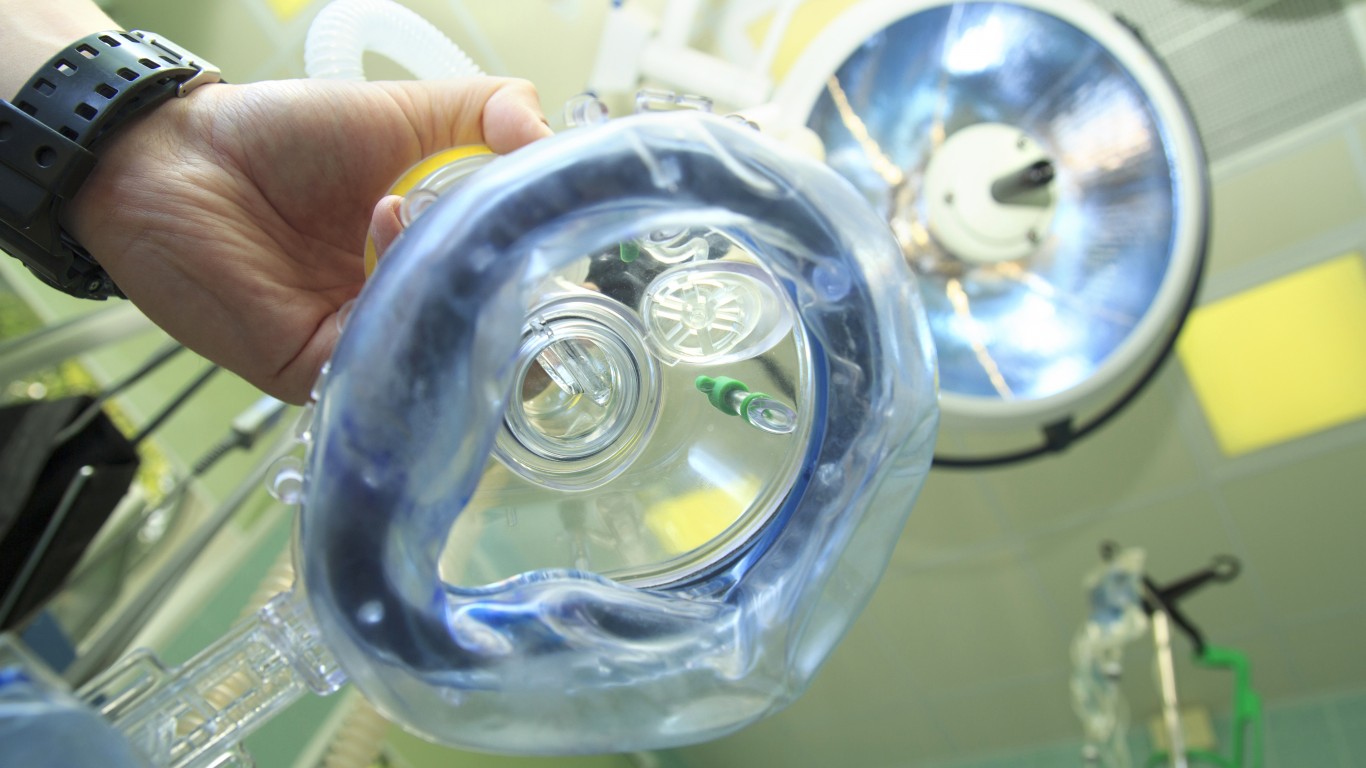
During a time when men would drink whisky before a medical procedure, a need was created for some other method of helping with surgery. In the late 1800s, four men, Crawford Long, William Morton, Charles Jackson, and Horace Wells, accidentally discovered through “laughing parties” that nitrous oxide provided entertainment and dulled any sense of pain.
9. Viagra
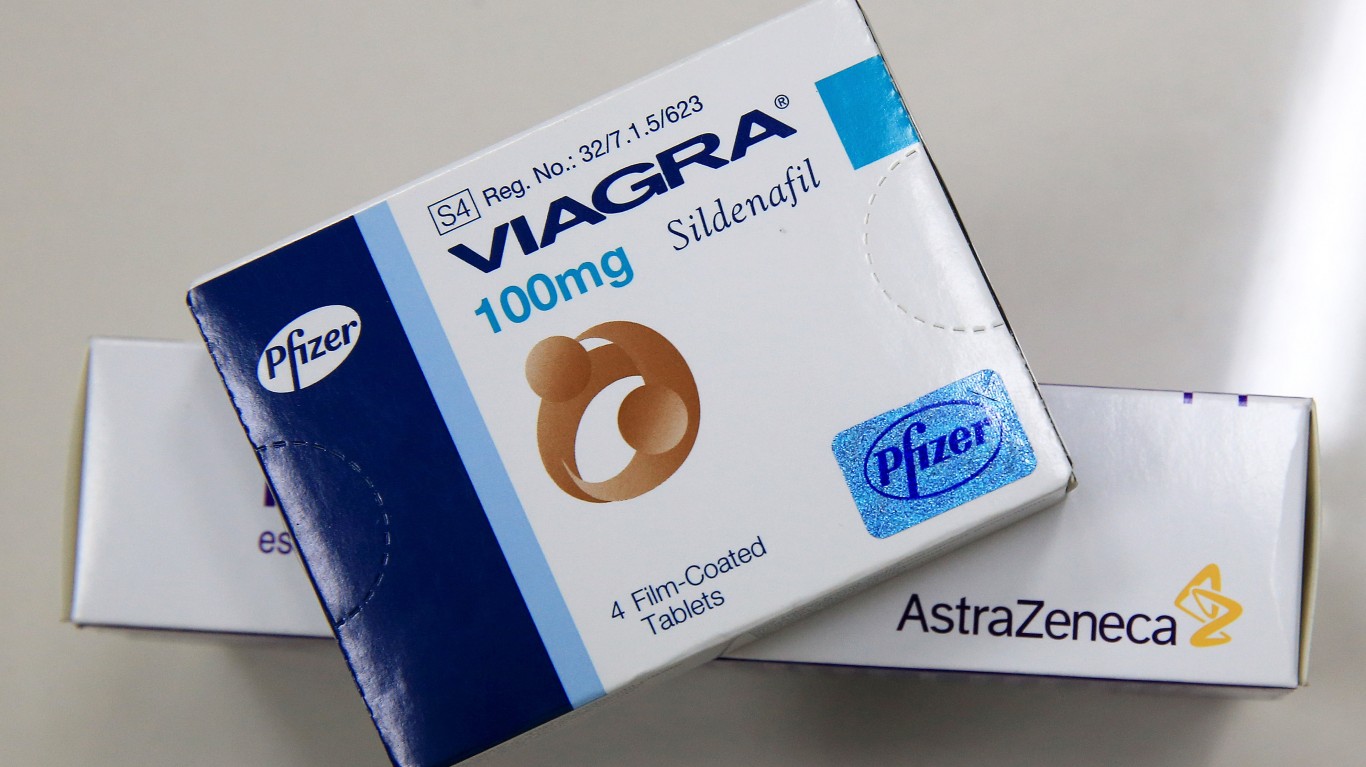
This special medicine for men was initially developed to treat a heart condition that affects the vessels supplying the heart with blood. However, during Viagra trials, another use was discovered while learning it didn’t help with its original intent at all. Instead, it helped men with a more discreet ailment.
8. Velcro
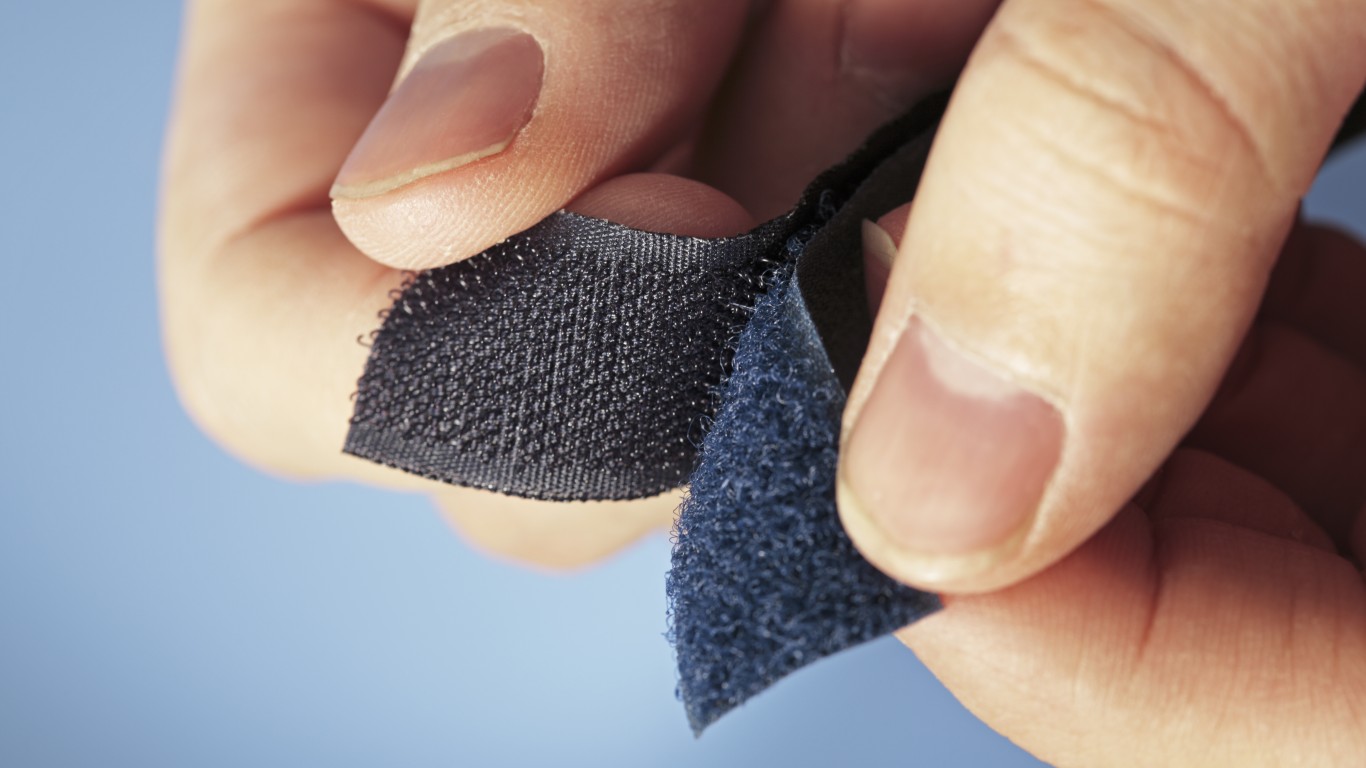
Life-changing in so many ways, it will surprise many people that Velcro resulted from one man and his dog. George De Mestral, a Swiss electrical engineer in the 1950s, quickly learned that certain parts of trees were sticking to his clothing and the dog. George then had an idea to create a similar type of material using nylon, which led to the invention of Velcro.
7. Super Glue

Working for Eastman Kodak, researcher Harry Coover accidentally discovered superglue in 1951. While developing heat-resistant jet airplane canopies, Coover realized that his work developing plastic gun sights during World War II could be used for his new project. Alas, super glue was born.
6. Matches

There is no question that matches have saved countless lives by lighting candles and fires over the years. However, matches were a complete accident. In 1826, John Walker pulled a wooden stick out of his cooking pot and tried to wipe some chemicals stuck on his kitchen table. Instead of removing the chemicals, they ignited, and the matchstick was born.
5. Microwave Oven
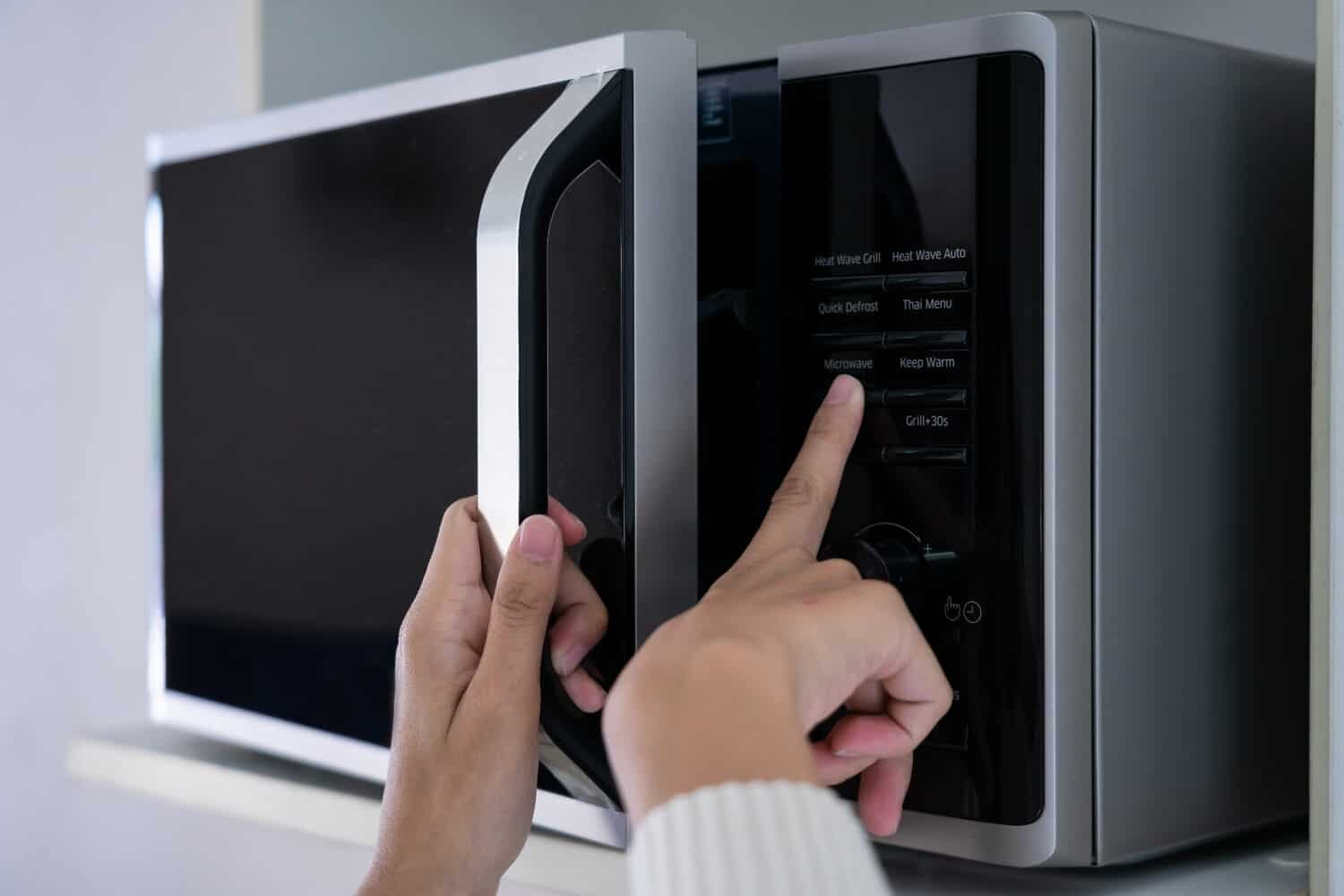
For millions of people around the world, the microwave oven is a life-changing invention. Capable of allowing all kinds of food to be made, a melting candy bar carried by Raytheon engineer Percy Spencer in 1945 helped him discover the microwave while playing with radar-related technology.
4. Pacemakers
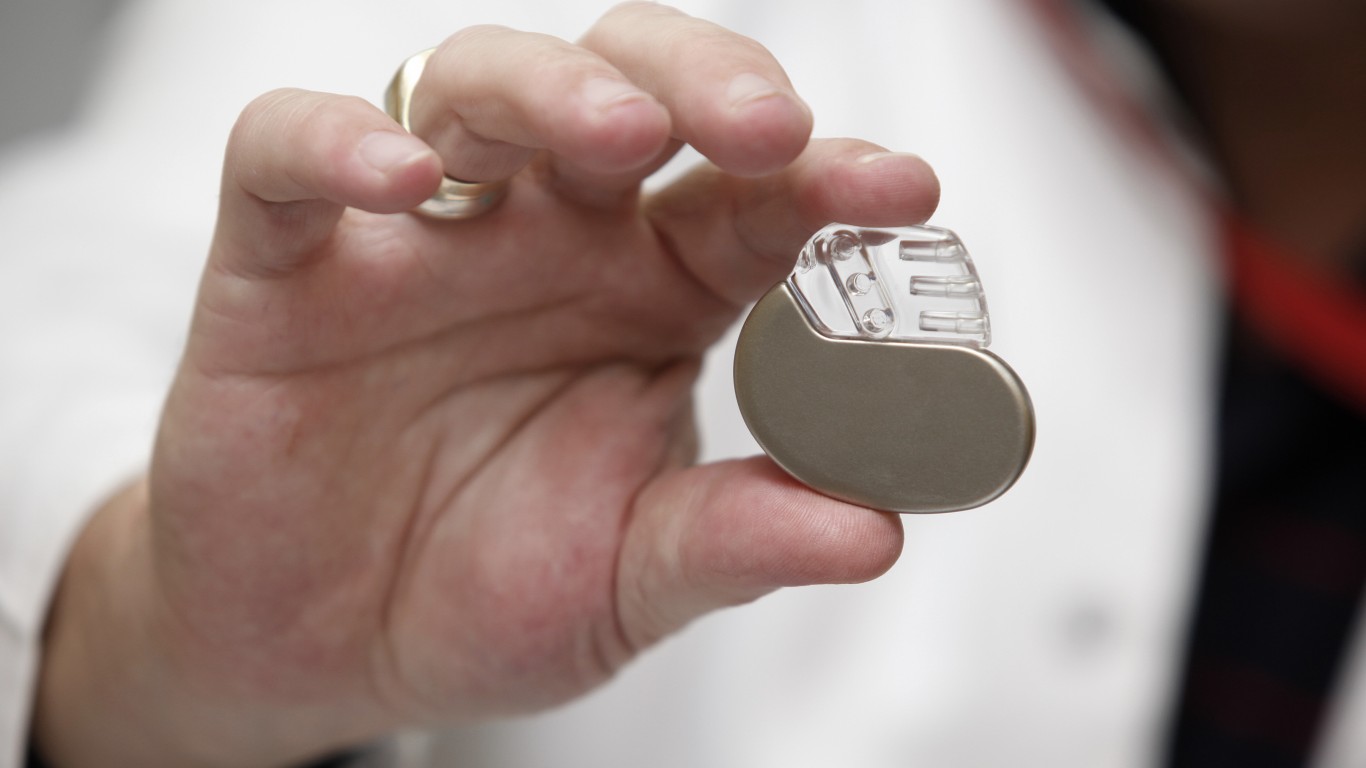
Wilson Greatbatch will go down in history as the individual who accidentally discovered the pacemaker in 1956. This device saved countless lives. It was discovered that Wilson was trying to build a device that could record the rhythm of his heart. Instead, he created a device that could stimulate a heartbeat.
3. Penicillin
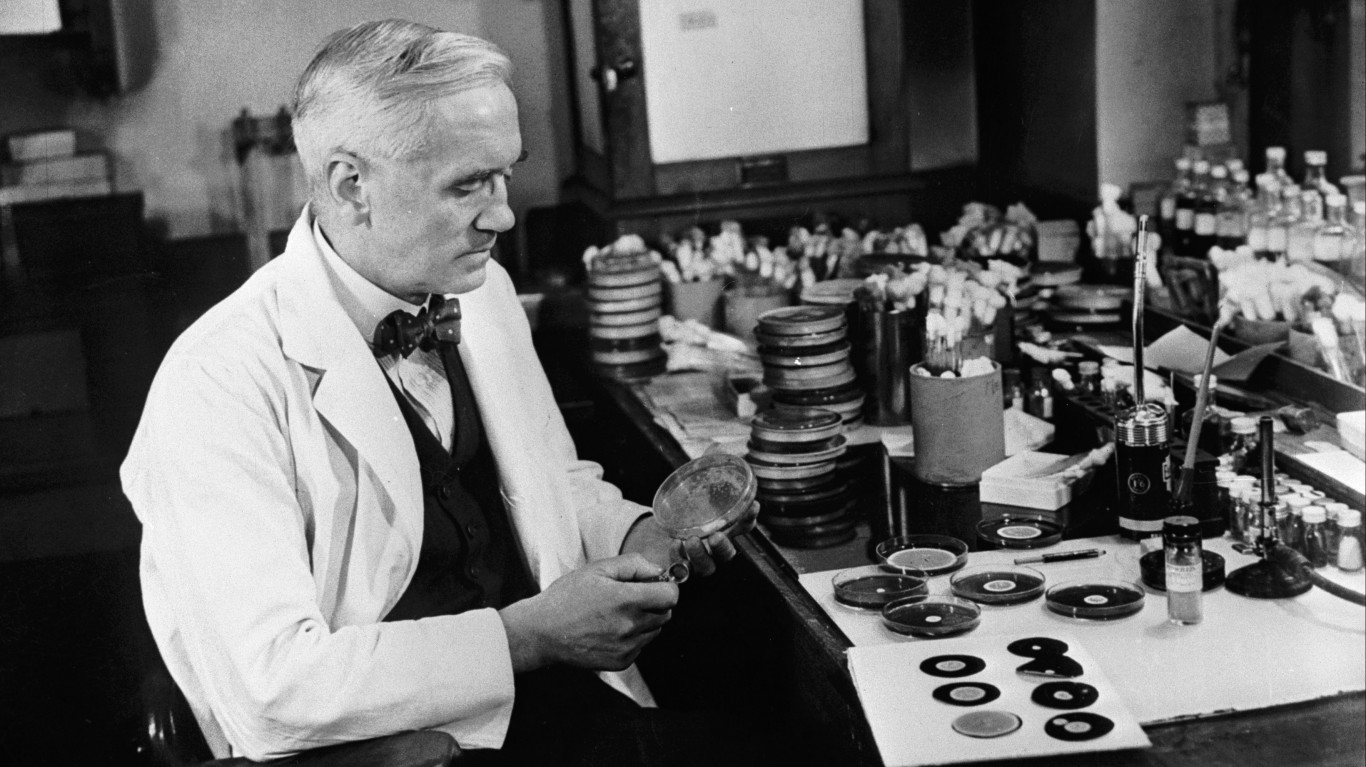
In 1928, British bacteriologist Alexander Fleming was taking a well-deserved vacation only to discover that a fungus had invaded his lab during his absence. He discovered that bacteria did not grow around the fungus, a member of the penicillium genus, which became the first antibiotic.
2. X-Rays
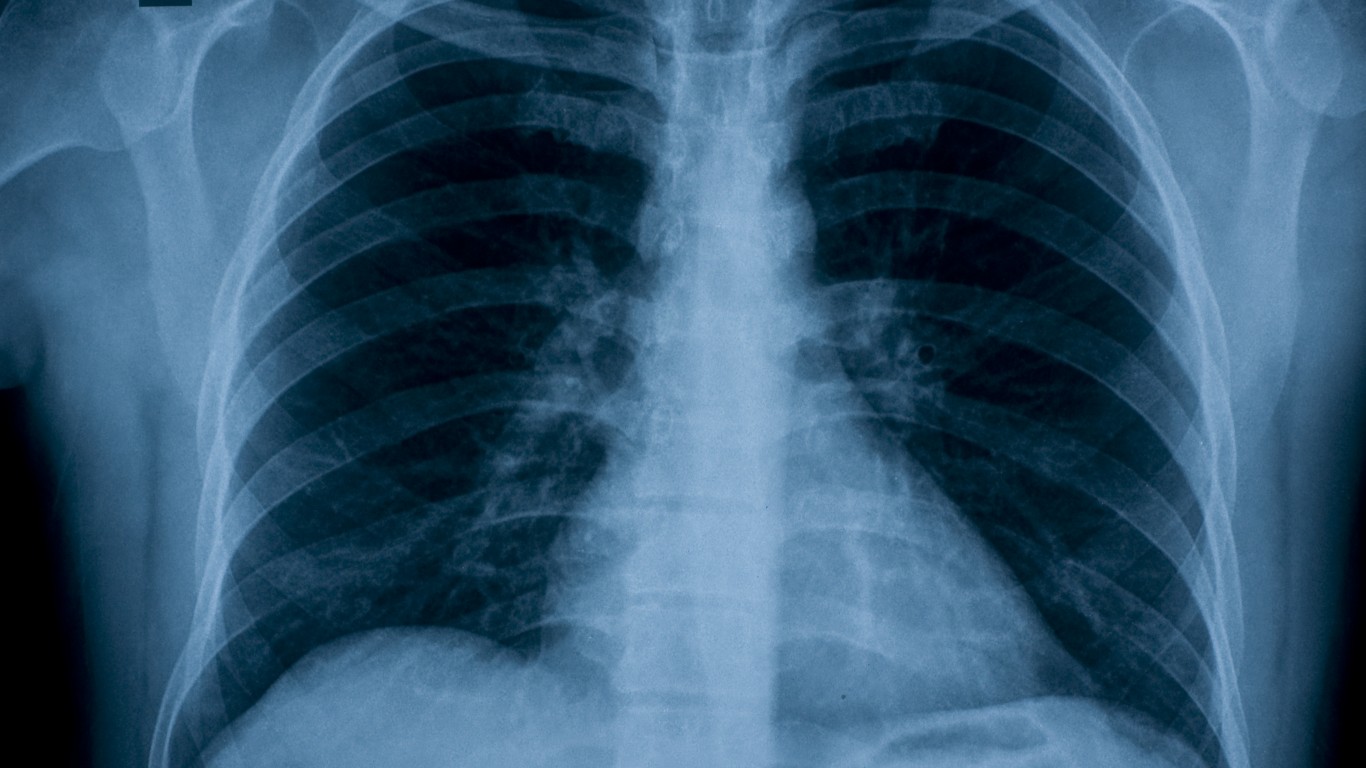
On November 8, 1895, German physicist Wilhelm Conrad Rontgen discovered that when something was exposed to a strong electric discharge, cathode rays could produce a light that could pass through different materials. After experimenting with different objects, he tried his hand and discovered the X-Ray.
1. Insulin
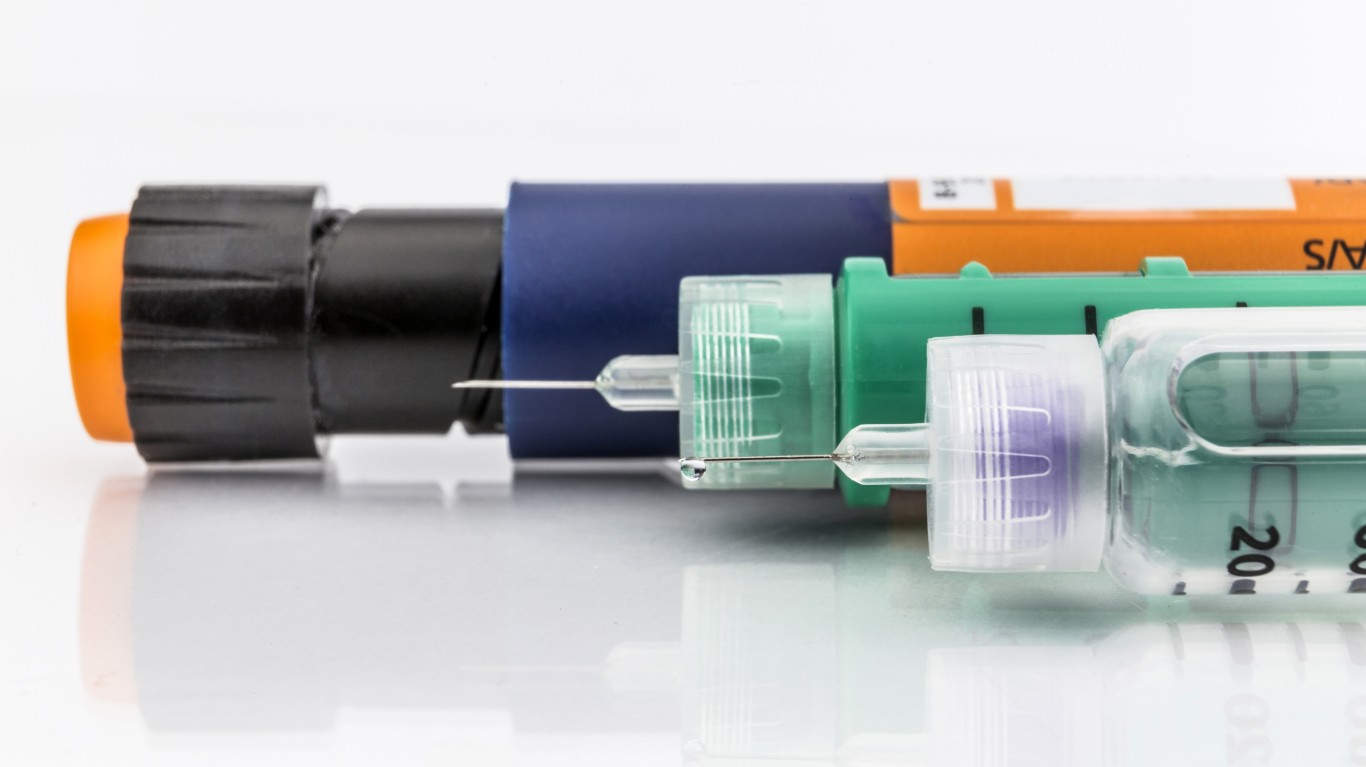
In the late 1880s, insulin was discovered by two doctors who were researching how the pancreas affected digestion. Their accidental discovery, later built on in the 1920s, isolated the pancreatic secretion known as insulin, all by accident.
Are You Still Paying With a Debit Card?
The average American spends $17,274 on debit cards a year, and it’s a HUGE mistake. First, debit cards don’t have the same fraud protections as credit cards. Once your money is gone, it’s gone. But more importantly you can actually get something back from this spending every time you swipe.
Issuers are handing out wild bonuses right now. With some you can earn up to 5% back on every purchase. That’s like getting a 5% discount on everything you buy!
Our top pick is kind of hard to imagine. Not only does it pay up to 5% back, it also includes a $200 cash back reward in the first six months, a 0% intro APR, and…. $0 annual fee. It’s quite literally free money for any one that uses a card regularly. Click here to learn more!
Flywheel Publishing has partnered with CardRatings to provide coverage of credit card products. Flywheel Publishing and CardRatings may receive a commission from card issuers.
Thank you for reading! Have some feedback for us?
Contact the 24/7 Wall St. editorial team.



